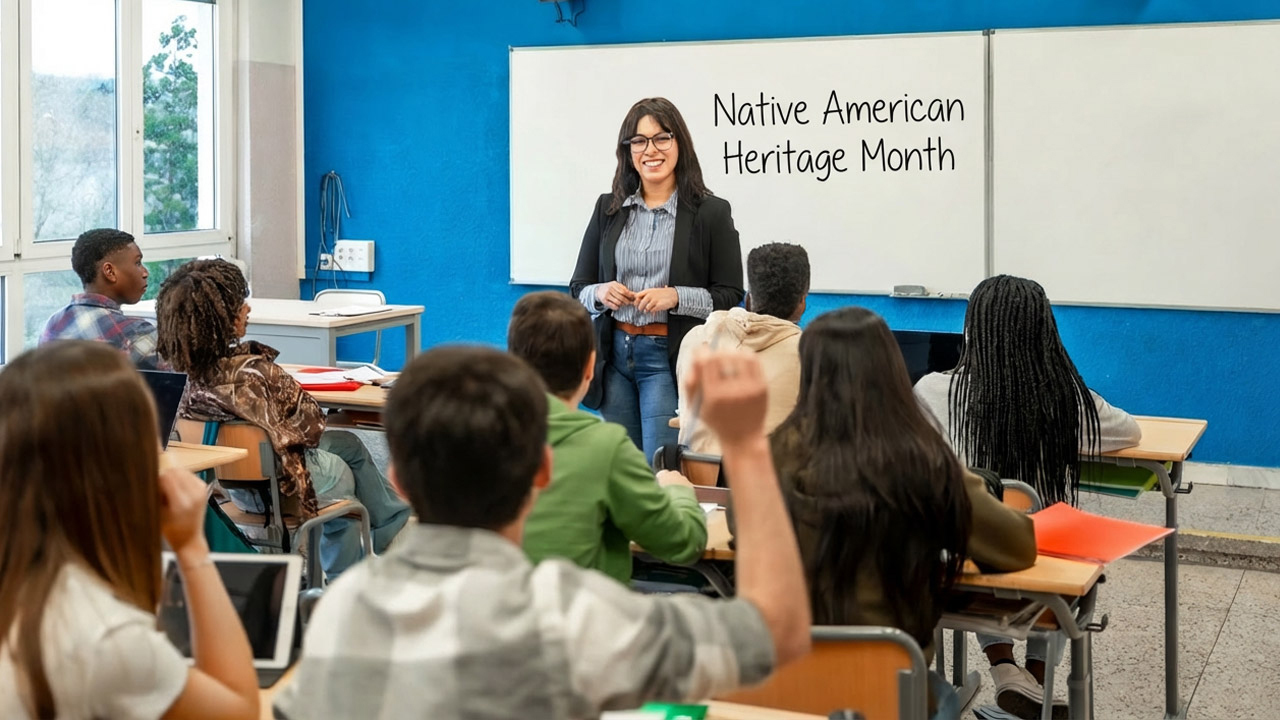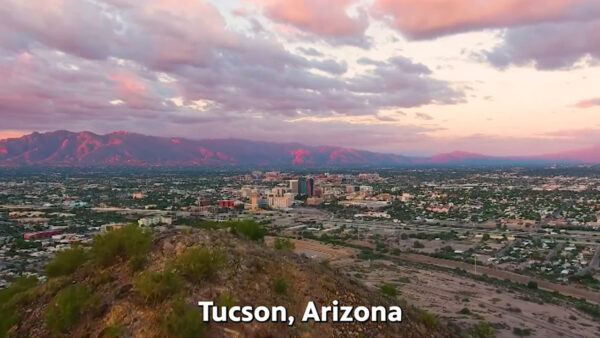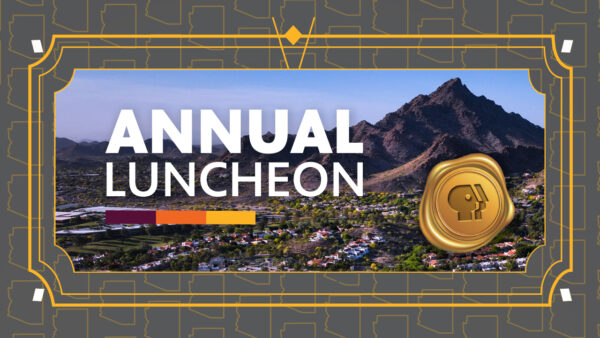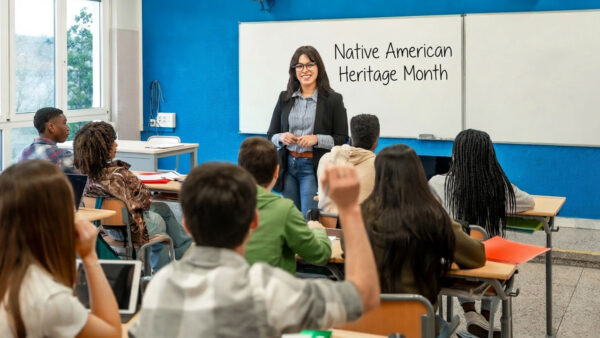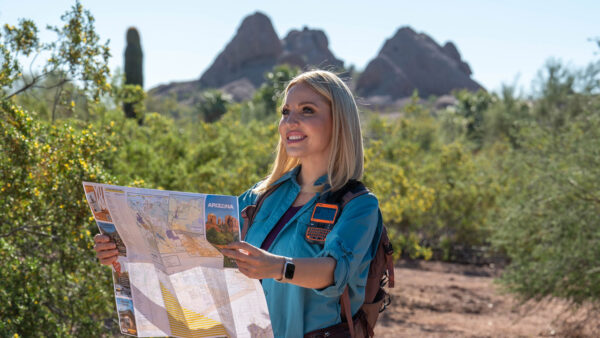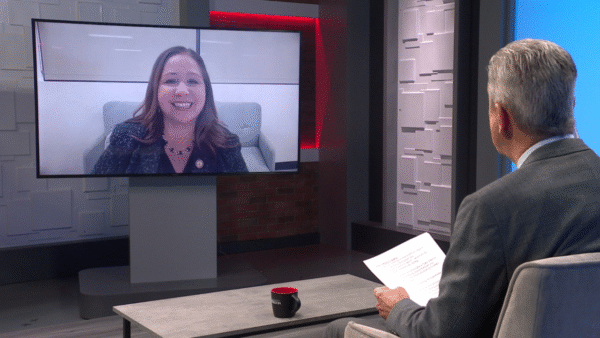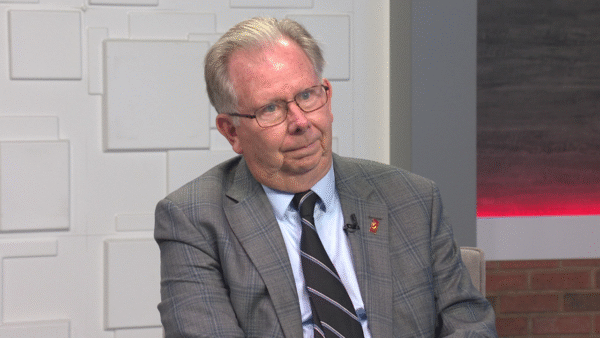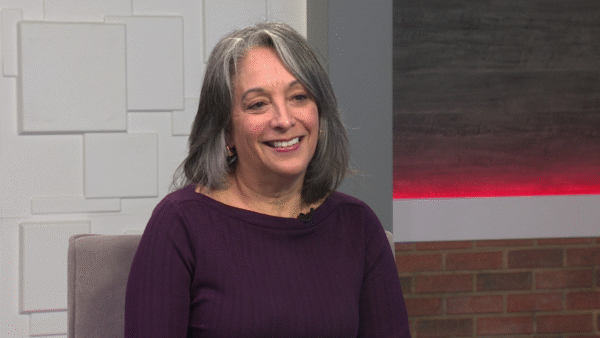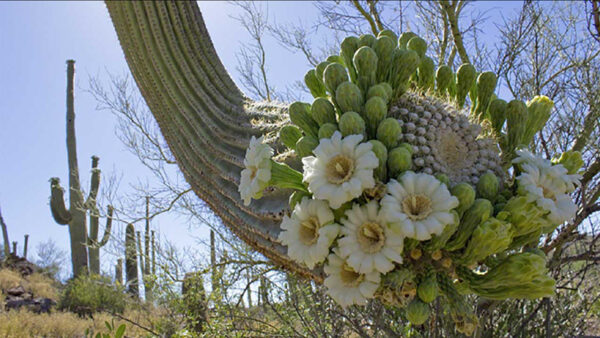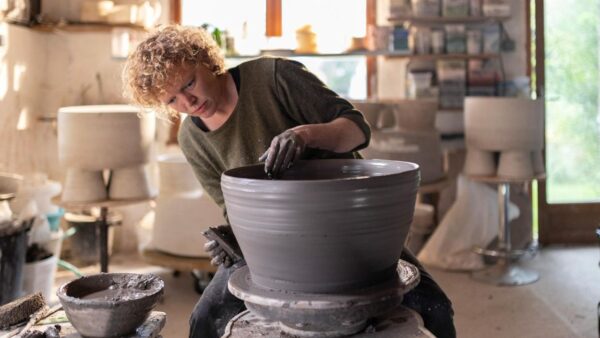Even though Native American Heritage Month is coming to a close, it is still a powerful reminder of the deep Indigenous roots in our state. It is important to remember the significance of Native history goes far beyond a single month. With one of the largest Native land bases and Indigenous populations in the country, Arizona offers a unique opportunity and responsibility for educators to integrate Native history, perspectives and voices into their curriculum throughout the entire school year.
Here are four reasons this learning should continue after Native American Heritage Month comes to an end:
1. Native Nations are a living, present part of Arizona. Arizona is home to 22 federally recognized tribes and roughly 27% of the state’s land is reservation land. About 6.2% of Arizona’s population identifies as Native American, one of the highest percentages in the United States. This means that when students learn about Native history, they are not just learning about history but are learning about their neighbors, classmates and the communities that shape Arizona today. Embedding Native history year round reflects this reality and ensures students gain an accurate understanding of the state they live in and the diverse cultures that continue to influence Arizona’s identity today.
2. Teaching accurate history requires more than one unit. Textbooks often portray Native peoples only in early U.S. history and then move on, but Native history begins thousands of years before European contact and continues until now. This history includes centuries of cultural innovation, complex political systems and modern developments, challenges and achievements. As a result, teaching Native history throughout the year ensures students see continuity, not just isolated moments. It also helps students understand Native communities are dynamic and evolving, rather than static or confined to the past.
3. Year-round learning supports cultural understanding and respect. Consistent integration of Indigenous perspectives normalizes representation of Arizona’s vibrant Native communities. This not only promotes understanding of tribal sovereignty, languages and governance, but also helps Native students feel seen and valued. For non-Native students, this builds empathy and cultural awareness. When Native voices appear regularly across subjects, it strengthens equity and belonging in the classroom. Ultimately, year-round representation supports a learning environment where all students recognize the importance of Indigenous contributions to Arizona’s past, present and future.
4. Arizona’s geography, environment and culture are closely connected to Native history. For centuries, Native peoples have shaped Arizona’s environment, agriculture, water use, art and place names. Teaching this throughout the year helps students connect to the land they live on as well as understand current issues like water rights, conservation and land management. This not only teaches students to appreciate the cultural diversity and resilience of Native peoples but also teaches Native history is Arizona history. By highlighting these connections year round, students gain a deeper sense of place and a clearer understanding of how Indigenous knowledge continues to influence Arizona today.
In Arizona, Native American history is not a seasonal topic: It is a year-round responsibility. With deep Indigenous roots, vibrant tribal nations and a significant Native population, our classrooms are enriched when we continually teach, honor and learn from Native voices.
Ultimately, Native history opens the door to important discussions throughout the entire school year. These topics give students opportunities to analyze multiple perspectives and better understand how the past shapes today’s world.
Incorporating Native perspectives throughout the year helps students understand their state, respect their communities and see history as a living story that includes people who may not necessarily look like them.
Join Arizona PBS as we celebrate Native American Heritage Month. Discover the rich cultures and traditions of our nation’s First People through stories that connect us.
What other ways can we continue to teach Native American history, even after Native American Heritage Month comes to an end? Share your ideas with us on the Arizona PBS Kids Facebook page!
About the author
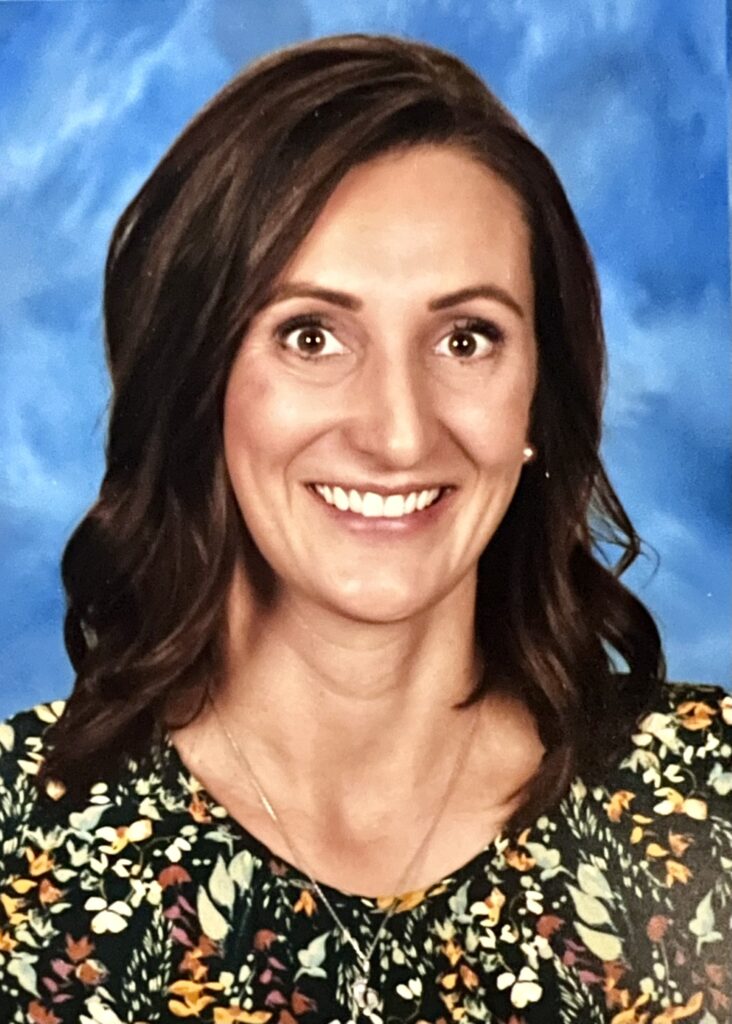
RikkiLynn Archibeque is in her 11th year of teaching in Arizona and has a bachelor’s degree in history from the University of Notre Dame, a master’s degree in secondary education from Indiana University and a master’s degree in learning sciences from Arizona State University.
She currently teaches high school history and government and is a cross country and track and field coach. She is also the wife of a high school administrator, Jake, and the mom of a gifted third grader, Cruz.
